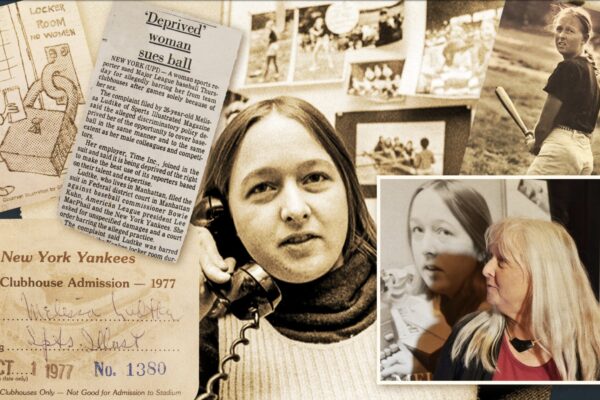By Joe Spears | @joe_spears7
Sports Capital Journalism Program
INDIANAPOLIS – The development of young basketball players for competition in college, the professional level and international play is an initiative that may soon become influenced significantly by the NCAA.
When an independent Commission on College Basketball led by former Secretary of State Condoleezza Rice announced its recommendations to address issues to restore credibility in the college basketball industry, one aspect presented to the NCAA’s Board of Governors, Division I Board and Presidential Forum was to establish youth developmental programs.
This was implemented as a way for the NCAA to help develop future players and address the corruption that led to a highly-publicized federal investigation.
“The corruption we observed in college basketball has its roots in youth basketball,” Rice said. “Put frankly, youth basketball in this country is ungoverned space. There are good programs – but there are too many that condone illicit behavior.”
The Amateur Athletic Union has become viewed as the main source for college coaches to identify and recruit the best players in the country. From April to late July, the best players gather across the country to compete for scholarship opportunities. One could argue that the AAU scene has become even more important than high school play the last few years.
The commission recommended that the NCAA partner with USA Basketball, the National Basketball Association and the National Basketball Players Association. By teaming with these other institutions, a structure could be created that would eliminate illegal payments and other violations that have been alleged.
Taking place over a three-week period in July, regional camps would be held all over the country where coaches could come and recruit and scout the players. The players would essentially be divided into three sub-groups with 80-100 players being ranked as National Team Potential, 400-500 ranked as Highest Collegiate Potential and 2,000-2,500 ranked as having College Potential. USA Basketball would be in charge of identifying the top 100 players while the NCAA would be in charge of identifying the other 2,900 and putting them in their selected groups.
The recommendation also notes that it would advise the NCAA, USA Basketball, NBA and NBPA to also establish a collaborative advisory group. This group would be in charge of annually evaluating players and validating that they are placed in the right identification group.
Another benefit to the commission’s proposal is that players would be developed not only on the court, but off of it as well. At these camps, pre-college players would have four physical interactions regarding their academics, health, life skills and wellness as well as continued on-line mentoring throughout the year. This way, the players are not only benefiting on the court, but are also staying well educated and healthy when they aren’t playing.
Some may see greater involvement in summer basketball as an attempt by the NCAA to take over the AAU circuit. NCAA President Mark Emmert sees it differently.
“I would not characterize the recommendations of the commission as the NCAA taking over summer basketball,” Emmert said in response to a question. “There’s lots of people involved in summer basketball and that’s perfectly fine and the way it should be, I suppose. What the commission was recommending was that we expand the certification model we have in place now and make it more robust immediately, meaning this summer.
“Then by the following summer,” Emmert went on, “we have in place a model that would allow for us, especially for July, some changes to the recruiting calendar that make sense to both the coaches and the association more broadly.”
Facing mounting pressure to get a stranglehold on the corruption regarding player payments and under-the-table deals, the commission and NCAA agreed that a summer league of this sort would be beneficial to all parties in involved. With collaboration from the apparel companies as well as USA Basketball, the NCAA, NBA and NBPA, the commission felt that this would be a crucial start to spearheading this attack and putting men’s basketball back on the right track.
“When we assembled as a Commission, we knew our work would not be easy,” Rice said. “But we also knew this work was too important not to get it right. The problems facing college basketball can’t and won’t be solved overnight. But future generations of student-athletes are counting on us all.
“The people who can truly solve these problems are right here in this room. And we, as a commission, call upon you to do so. On behalf of the commission, let us all remember why we became educators. Let us all remember why we became coaches and administrators. And let us never forget our duty to the students we are here to serve.”


